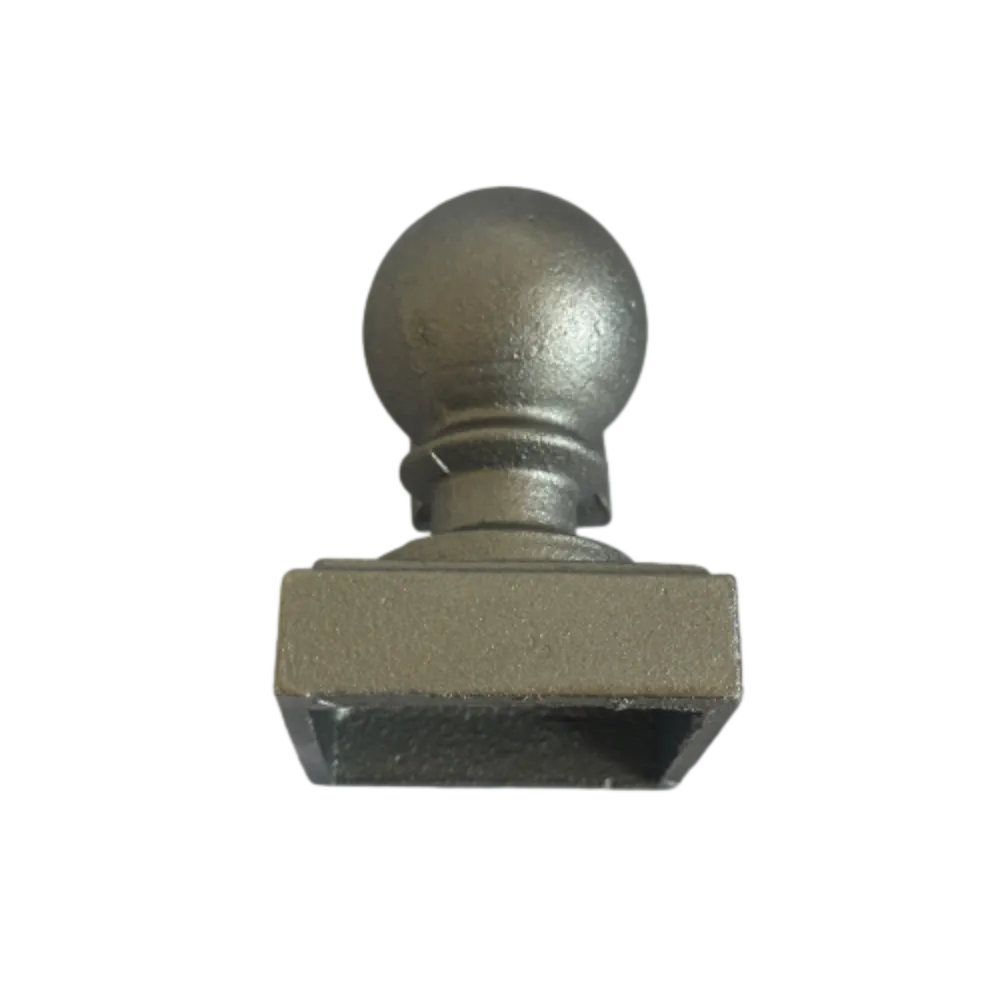Cast Iron Foundries and Their Role in Modern Manufacturing Industries
The Significance of Cast Iron Foundries in Modern Industry
Cast iron has been a fundamental material in industrial development for centuries. Its unique properties, including durability, castability, and resistance to corrosion, make it an essential component of various applications, from construction to machinery. Cast iron foundries, or centrales de hierro fundido, are facilities where this versatile material is produced and shaped, playing a crucial role in modern industry.
Historical Context
The origins of cast iron can be traced back to ancient China, where it was first produced around 500 BC. However, its widespread use began during the Industrial Revolution in the 18th and 19th centuries. Cast iron became the material of choice for construction and manufacturing due to its ability to be cast into intricate shapes and its excellent strength-to-weight ratio. This period saw the establishment of numerous foundries across Europe and North America, which laid the foundation for modern metallurgy.
The Foundry Process
The operation of a cast iron foundry involves several critical steps, including melting, molding, and casting. The process typically begins with the sourcing of raw materials, primarily iron scrap and alloys. These materials are melted in a furnace, often powered by electricity or natural gas, at temperatures exceeding 1,400 degrees Celsius.
Once the iron is molten, it is poured into molds that define the shape of the final product. Molding can be done using various techniques, such as sand casting, where sand is compacted around a model to create a mold. After the molten iron solidifies, the molds are removed, and the castings are cleaned and finished, often requiring machining to achieve the desired specifications.
Applications of Cast Iron
centrales de hierro fundido

Cast iron’s versatility leads to a wide range of applications. In the construction industry, it is commonly used in the production of pipes, manhole covers, and architectural elements due to its strength and ability to withstand heavy loads. In manufacturing, cast iron is integral to producing machine parts, automotive components, and cookware, such as skillets and Dutch ovens, prized for their heat retention and distribution.
The agriculture sector also benefits from cast iron in the form of equipment and machinery, which must endure high-stress conditions. Moreover, cast iron is utilized in the production of artistic sculptures and decorative elements, highlighting its aesthetic appeal as well as its functional properties.
Environmental Considerations
As the world increasingly focuses on sustainability, the cast iron industry is adapting to meet new environmental standards. Many foundries are implementing recycling initiatives, utilizing scrap iron to reduce waste and decrease the environmental impact associated with mining and processing virgin iron ore. Additionally, advancements in melting technology have improved energy efficiency, minimizing the carbon footprint of production.
Future Outlook
The future of cast iron foundries appears promising, particularly with the rise of advanced manufacturing techniques, such as 3D printing. Innovations in materials science may lead to the development of new cast iron alloys that exhibit enhanced properties, allowing for even greater applications. Moreover, as industries push toward sustainability, the cast iron sector is likely to evolve, focusing on greener practices while maintaining the durability and reliability that cast iron is known for.
In conclusion, cast iron foundries remain an integral part of the industrial landscape, providing materials that are essential for construction, manufacturing, and artistic endeavors. With a rich history and a focus on innovation and sustainability, the cast iron industry is well-positioned to continue its legacy in modern society.
-
Wrought Iron Components: Timeless Elegance and Structural StrengthNewsJul.28,2025
-
Window Hardware Essentials: Rollers, Handles, and Locking SolutionsNewsJul.28,2025
-
Small Agricultural Processing Machines: Corn Threshers, Cassava Chippers, Grain Peelers & Chaff CuttersNewsJul.28,2025
-
Sliding Rollers: Smooth, Silent, and Built to LastNewsJul.28,2025
-
Cast Iron Stoves: Timeless Heating with Modern EfficiencyNewsJul.28,2025
-
Cast Iron Pipe and Fitting: Durable, Fire-Resistant Solutions for Plumbing and DrainageNewsJul.28,2025
-
 Wrought Iron Components: Timeless Elegance and Structural StrengthJul-28-2025Wrought Iron Components: Timeless Elegance and Structural Strength
Wrought Iron Components: Timeless Elegance and Structural StrengthJul-28-2025Wrought Iron Components: Timeless Elegance and Structural Strength -
 Window Hardware Essentials: Rollers, Handles, and Locking SolutionsJul-28-2025Window Hardware Essentials: Rollers, Handles, and Locking Solutions
Window Hardware Essentials: Rollers, Handles, and Locking SolutionsJul-28-2025Window Hardware Essentials: Rollers, Handles, and Locking Solutions -
 Small Agricultural Processing Machines: Corn Threshers, Cassava Chippers, Grain Peelers & Chaff CuttersJul-28-2025Small Agricultural Processing Machines: Corn Threshers, Cassava Chippers, Grain Peelers & Chaff Cutters
Small Agricultural Processing Machines: Corn Threshers, Cassava Chippers, Grain Peelers & Chaff CuttersJul-28-2025Small Agricultural Processing Machines: Corn Threshers, Cassava Chippers, Grain Peelers & Chaff Cutters












